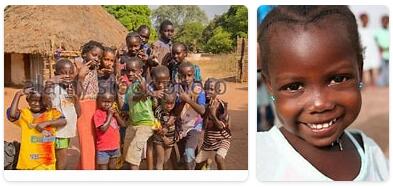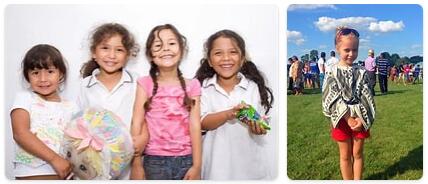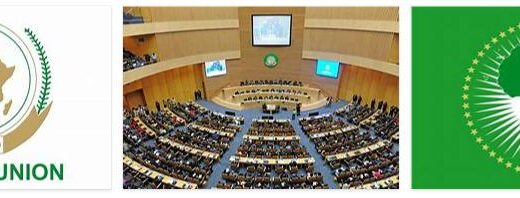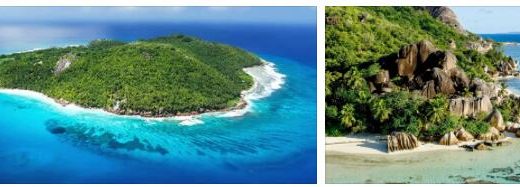Guinea-Bissau 2014
Yearbook 2014
Guinea Bissau. During the year, Guinea-Bissau went to election for the first time since the military coup in 2012. The return to democratic rule is expected to have a positive effect on the situation in the small West African country, one of the world’s poorest.
Guinea-Bissau population in 2020 is estimated at 1,968,012. The April parliamentary elections, like the previous elections in the 2000s, became a struggle between PAIGC (the African Independence Party for Guinea-Bissau and Cape Verde) and the PRS (Party for Social Renewal). With 47% of the votes, PAIGC got its own majority in the National Assembly (55 out of 100 seats), while the PRS received 31% of the votes and 41 seats. Three other parties were given only occasional seats in parliament.

In the presidential election, neither the interim president since 2012, Manuel Serifo Nhamadjo, nor the former president Kumba Ialá, who passed away quickly later in the year, were allowed to stand. In the second round of the election, former Finance Minister José Mário Vaz (PAIGC) was opposed by independent candidate Nuno Gomes Nabiam. After receiving 62% of the vote, Vaz could be sworn in as president. PAIGC’s Domingos Simões Pereira was appointed head of government. In June, the African Union (AU) lifted its suspension of Guinea-Bissau.
In July, a temporary stop was introduced for all timber exports following reports of illegal logging of rosewood for exports to mainly China. Harvesting, which has been facilitated by the unstable political and legal situation in the country since the 2012 coup, can have major negative consequences not only for the plant and wildlife but also for the people who in different ways depend on the forest for their survival. At the same time, the government announced that it would prioritize the export of cashew nuts, the country’s most important export commodity. In recent years, the country’s economy has suffered severely from the low world market price of cashews.
According to topb2bwebsites, the eruption of Ebola fever in West Africa caused Guinea-Bissau to close its border in August to its severely affected neighboring country, Guinea.
In September, Army Chief António Indjai, who was one of the leaders of the coup in 2012, was dismissed. Vaz gave no reason for his decision, but he was considered to be pressured to reform the military power.
In November, for the first time in the country, someone was brought to trial for genital mutilation of girls. A total of six people – the two who performed the procedures and four parents of the girls – risked being sentenced to up to five years in prison.
HUMAN AND ECONOMIC GEOGRAPHY
Population
Population estimates from 1998 attributed the country to a population of 1. 161. 000 residents (there were 767. 700 to the census in 1979 and 983. 400 to that of 1991), corresponding to an average density of 32 residents/km ². In recent decades, the annual growth rate has remained virtually unchanged, while socio-demographic indices, while showing some improvement, denounce a situation of very serious backwardness: infant mortality is very high, life expectancy at birth is low, the illiteracy rate is still strong; international organizations have estimated that nearly nine-tenths of the total population live below the so-called poverty line. The only real city, center of all administrative and economic activities, is the capital, Bissau.


